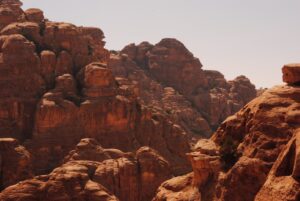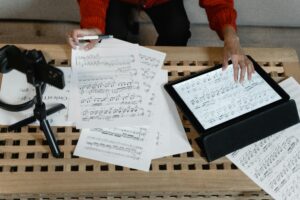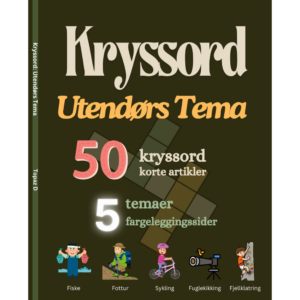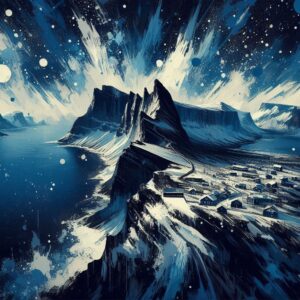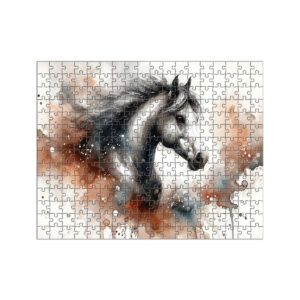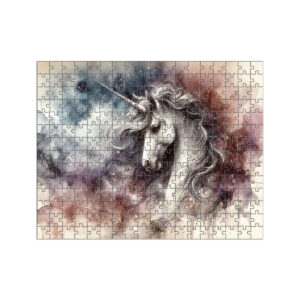
Explore & Play
Discover interesting topics and solve the accompanying crossword puzzle.
Picture crossword | Art of Digital Imagery
Table of Contents
Before diving into the world of digital and traditional art, take a moment to challenge yourself with the Picture crossword. You can test your knowledge of key terms and concepts first, then come back to the article to explore the details further. Or, if you’re not too familiar with the topic, feel free to start with the article and return to the crossword later to reinforce what you’ve learned. Enjoy the journey into the fusion of art and technology!
Picture Crossword
You can either fill in the crossword puzzle directly on this page or click the button in the bottom right corner to print it for free.
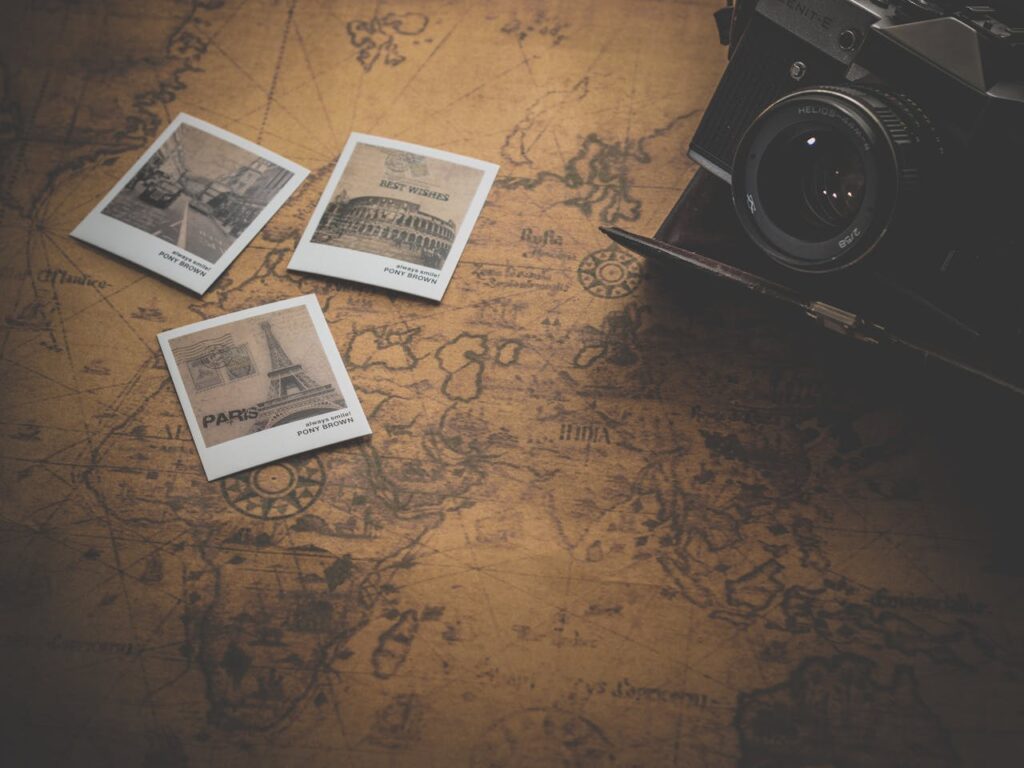
The Digital Art Revolution: Redefining Boundaries Between Physical and Digital
As art evolves in the digital age, the line between traditional techniques and modern technology blurs, leading to a revolutionary fusion of physical and digital creation. While artists once relied solely on brushes, paint, and canvas to bring their visions to life, today’s creators have access to a world of pixels, layers, and digital filters. This transformation has given birth to a new era where traditional and digital art coexist, sometimes indistinguishably.
This article will dive into the transition from classical art to digital media, exploring how tools, techniques, and styles have evolved. Along the way, we’ll reference a crossword puzzle designed to highlight key terms and concepts in both traditional and digital art, offering readers an engaging way to test their knowledge.
1. The Classical Art World: Tools and Techniques that Laid the Foundation
Before the digital revolution, artists relied on physical tools to express themselves. Brushes, paint, and canvases formed the foundation of traditional art creation. These tools were essential for producing everything from the delicate strokes of watercolor to the vibrant hues of oil paintings.
1.1 Brushes, Paint, and Canvas: The Traditional Artist’s Toolkit
The traditional art world thrived on tangible tools. The brush, a vital extension of an artist’s hand, enabled them to control the texture, depth, and emotion of their work. Famous artists like Van Gogh and Da Vinci mastered these tools, creating timeless masterpieces that continue to inspire today. Van Gogh’s signature swirling brushstrokes in Starry Night and Da Vinci’s delicate shading in Mona Lisa demonstrate the precision and artistry achievable with a simple brush.
Paints, often oil or watercolor, were mixed and blended on palettes to achieve the perfect color. Palettes were a tool of experimentation, a space where ideas materialized before touching the canvas. The canvas itself—whether stretched linen or cotton—was the backdrop for these artistic visions, providing a surface that brought images to life.
1.2 The Importance of Surfaces: Canvases, Easels, and Beyond
Beyond the brush and paint, canvases, easels, and drawing surfaces played crucial roles in traditional art. Canvases gave paintings structure, while easels provided the support needed for large-scale works. Even early tools like charcoal and pastels offered artists a different form of expression, bringing texture and raw emotion to their creations.
The foundation set by these materials is still felt in modern art, influencing everything from mural painting to sketching.
2. Art Movements: From Renaissance to Modern Art
Art has always been a reflection of society, and throughout history, it has undergone many transformations. Movements such as Cubism, Impressionism, and Abstract art redefined how people viewed the world and challenged the boundaries of artistic expression.
2.1 The Renaissance and Realism: Capturing Life on Canvas
During the Renaissance, art focused on realism, aiming to capture life in its most authentic form. Artists like Leonardo Da Vinci emphasized detail, precision, and harmony, using techniques that mimicked how the human eye perceives the world. The influence of the Renaissance continues to shape modern-day figurative painting and portraiture.
2.2 The Revolution of Modern Movements:
Cubism, Impressionism, and Abstract Art**
As art evolved, movements such as Cubism and Impressionism revolutionized the way artists perceived and represented reality. Cubism, pioneered by Pablo Picasso, broke down objects into geometric shapes, representing multiple perspectives within a single frame. This radical departure from traditional art was a stepping stone toward more abstract and conceptual approaches.
Impressionism, on the other hand, emphasized capturing fleeting moments and light’s impact on color. Artists like Monet used swift, visible brushstrokes to create a sense of movement and emotion. This style focused less on precise detail and more on the overall impression, a concept that continues to resonate in modern digital art.
Abstract art, which further distanced itself from realism, allowed artists to convey emotions and ideas through colors, shapes, and textures rather than recognizable forms. This shift opened the door to a new era of creativity, where expression took precedence over representation.
3. The Transition to Digital Art: From Brushstrokes to Pixels
As technology advanced, so did art. The development of computers, graphic design software, and digital tools opened new horizons for artists. No longer confined to physical mediums, creators could now experiment with a digital canvas where pixels replaced brushstrokes.
3.1 Layers, Brushes, and Filters: The New Tools of the Trade
Digital art introduced a revolutionary set of tools. Photoshop, Illustrator, and similar programs provided artists with digital brushes that could mimic traditional paint or create entirely new effects. These brushes allowed artists to switch between different textures, transparencies, and techniques at the click of a button.
One of the most significant features in digital art software is the use of layers. Layers enable artists to separate elements of their work, making it easier to experiment, adjust, and fine-tune their designs without disturbing the entire composition. This flexibility is a game-changer compared to traditional mediums.
Digital filters and effects, such as blur, grain, and sharpen, offer further opportunities for experimentation. These tools allow artists to add depth, enhance color, and manipulate textures in ways that were previously unimaginable.
3.2 File Formats: The Building Blocks of Digital Imagery
In the digital world, the way artwork is saved and shared is just as important as how it’s created. JPEG, PNG, GIF, and TIFF are the most common image formats, each with distinct characteristics.
- JPEG: Ideal for compressing large images with minimal quality loss, perfect for web use.
- PNG: Supports transparency, making it a favorite for designers working with layered images.
- GIF: Best known for short animations and simple graphics, often used in social media and advertising.
- TIFF: A high-quality format frequently used in professional photography and printing for its lossless compression.
Understanding these file types is essential for preserving the quality of digital artwork and optimizing it for different platforms.
4. Digital Techniques and Artistic Movements
Digital art isn’t merely a replication of traditional techniques. It has introduced entirely new methods of creation and expanded the possibilities of artistic expression.
4.1 The Rise of Vector Art and Bitmap Graphics
In digital art, there are two primary types of images: vector and bitmap. Vector images are made up of paths, allowing them to be resized infinitely without losing quality. This scalability makes vectors ideal for logos, illustrations, and design work. On the other hand, bitmap images, also known as raster images, are composed of pixels. Bitmaps are perfect for detailed artwork but lose quality when scaled beyond their resolution.
Artists often combine both vector and bitmap techniques to create dynamic, multifaceted pieces. The rise of vector art has made it possible to create crisp, clean designs for both digital and print, while bitmap art remains a favorite for detailed illustrations and photo-realistic works.
4.2 Gradients and Layers: Modern Digital Art Techniques
Digital art has also introduced unique design elements like gradients, which blend colors seamlessly, adding depth and dimension to artwork. Gradients can be used to create smooth transitions between colors, giving digital images a more organic feel.
Layers, mentioned earlier, allow for unparalleled control over complex compositions. Artists can work on different elements independently, making it easier to refine specific parts of a piece without affecting the overall design. This technique is invaluable when working with collage, photo manipulation, and large-scale projects.
5. Famous Artists: From Classical to Digital Inspirations
Even in the digital age, the works of classic artists continue to influence contemporary creators. The bold colors of Van Gogh, the abstract forms of Picasso, and the lifelike precision of Da Vinci are still admired and emulated, both in traditional and digital media.
5.1 From Van Gogh to Vector: How Classic Art Influences Digital Styles
Many digital artists draw inspiration from the past. The expressive brushstrokes of Van Gogh, for example, have been recreated using digital brushes, allowing artists to mimic his technique on a computer screen. Vector graphics inspired by Cubism often take elements from Picasso’s fragmented style, creating new interpretations of abstract and geometric art.
5.2 Frida Kahlo and Surrealism in Digital Art
The surrealist movement, embodied by artists like Frida Kahlo, is another major influence on modern digital art. Surrealism’s dreamlike imagery and emotional intensity translate seamlessly into digital art, where tools like layers, gradients, and filters allow artists to create fantastical worlds with ease.
6. The Technical Side of Art: Pixels, Resolution, and Megapixels
Digital art requires not only creative vision but also technical know-how. Understanding the building blocks of digital images, from pixels to megapixels, is essential for producing high-quality work.
6.1 Understanding Pixels and Resolution
At the core of every digital image is the pixel, the smallest unit of a digital picture. The number of pixels determines an image’s resolution, which directly impacts its clarity and sharpness. For example, a high-resolution image might have millions of pixels, offering fine detail, while a lower resolution image may appear pixelated when enlarged.
6.2 Megapixels, Compression, and File Size
In digital photography and artwork, megapixels refer to the total number of pixels in an image. High-megapixel images contain more detail, making them suitable for large prints and professional use. However, these images also require more storage space. Compression techniques like those used in JPEGs can reduce file sizes without significant quality loss, making it easier to share and store images.
7. Digital Tools of the Trade: Photoshop, Layers, and Beyond
In today’s world, digital tools like Photoshop and Illustrator have become indispensable for artists, designers, and photographers. These programs offer an array of features that allow for everything from simple photo retouching to complex digital compositions.
7.1 Photoshop: A Revolution in Image Manipulation
Photoshop is perhaps the most well-known tool for image manipulation. Artists can use it to adjust colors, crop images, apply filters, and even create digital paintings. With features like layering and transparency, Photoshop enables precise control over every element of a composition. This level of detail is comparable to traditional techniques such as glazing in oil painting.
7.2 The Future of Digital Art: AI, 3D, and New Formats
The future of digital art is continually evolving, with new technologies like artificial intelligence (AI) and 3D modeling pushing the boundaries of creativity. AI can assist artists in generating artwork, while 3D software allows for the creation of hyper-realistic models and environments. As new image formats and tools are developed, the possibilities for digital art are endless.
Conclusion: Bridging the Physical and Digital Art Worlds
As we move deeper into the digital age, the worlds of physical and digital art continue to blend, each influencing and enriching the other. Traditional tools like brushes and canvases are finding their counterparts in digital formats, while classic art movements inspire new styles and techniques in the digital realm. This dynamic relationship ensures that both forms of art will continue to evolve together, pushing the limits of creativity.
Now that you’ve explored the intricate relationship between physical and digital art, why not challenge yourself? Test your knowledge of key art terms by playing our Art Crossword Puzzle! Dive into the world of digital and traditional art—one word at a time.
Share to...
I hope you enjoy the content.
Want to receive our daily crossword puzzle or article? Subscribe!
You may also be interested in
Share to…
Want to receive our daily crossword puzzle?
-
Jigsaw Puzzles
Nordkapp Abstract Art Jigsaw Puzzle 250 | 300 | 500 Pieces
kr 348,00 – kr 439,00Price range: kr 348,00 through kr 439,00 Select options This product has multiple variants. The options may be chosen on the product page -
Jigsaw Puzzles
Majestic Horse Watercolor Jigsaw Puzzle 250 | 300 | 500 Pieces
kr 348,00 – kr 439,00Price range: kr 348,00 through kr 439,00 Select options This product has multiple variants. The options may be chosen on the product page -
Jigsaw Puzzles
Majestic Unicorn Watercolor Puzzle 250 | 300 | 500 Brikker
kr 348,00 – kr 439,00Price range: kr 348,00 through kr 439,00 Select options This product has multiple variants. The options may be chosen on the product page



